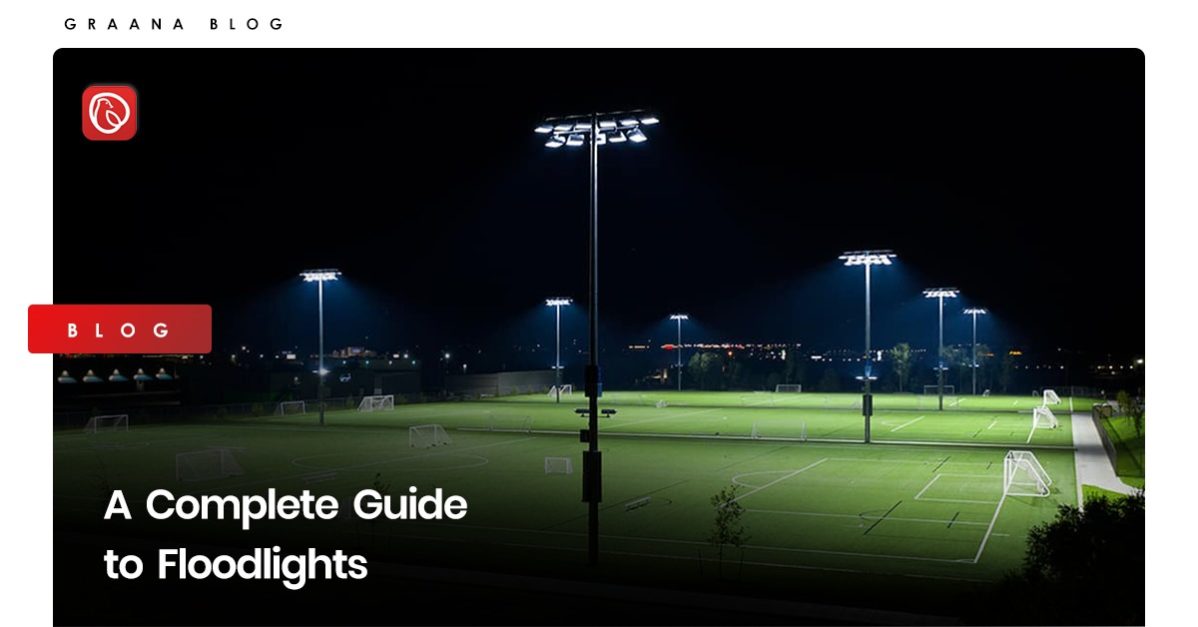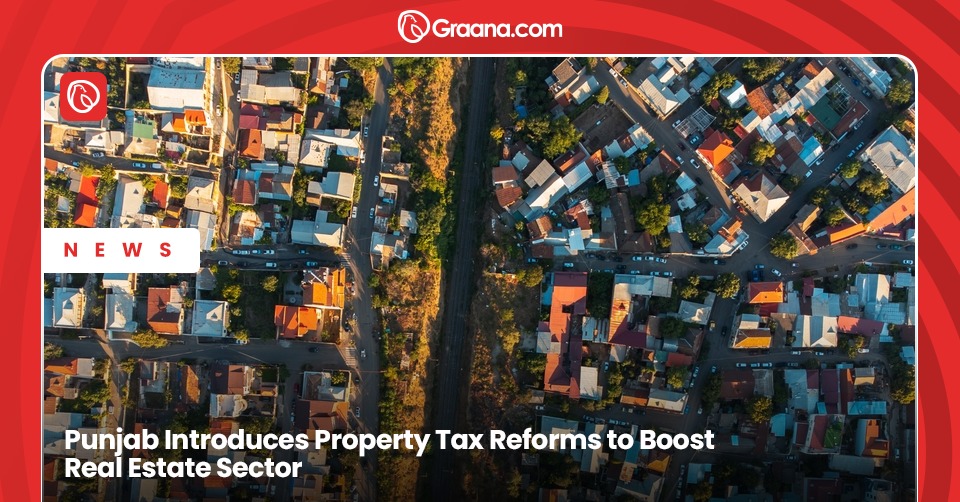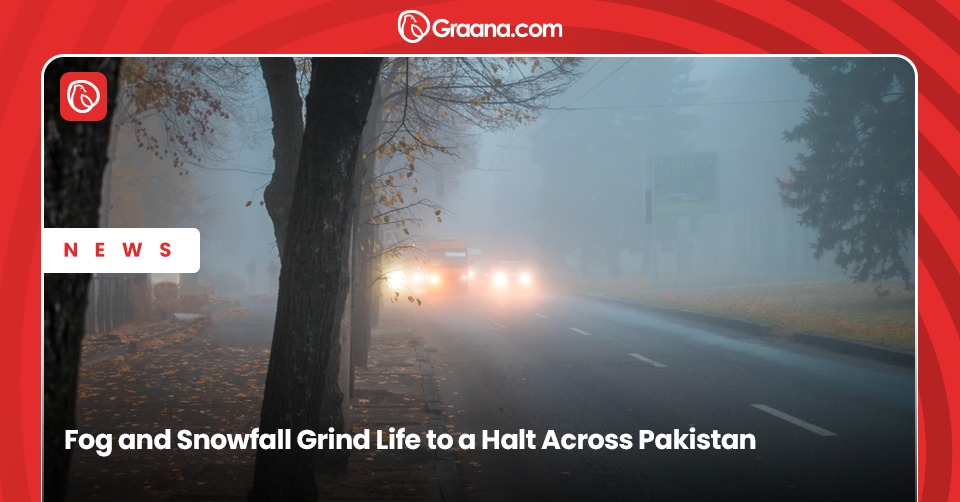Floodlights is powerful lighting fixtures designed to illuminate large areas, such as outdoor spaces, sports fields, and building facades. They are an excellent option for homeowners looking to enhance security in their outdoor spaces by providing bright illumination to large spaces, plus they are cost-effective and easy to install.
Graana.com has prepared a comprehensive guide on everything you need to know about floodlights below, including their types, uses and more.
What Are Floodlights?

Floodlights are specialised lights meant for outdoor use and they provide broad beams of light. These can illuminate larger areas, often up to 120 degrees, while maintaining the same brightness as a spotlight. Floodlights are commonly used for illuminating yards, driveways, patios, and decks.
When it comes to powering floodlights, homeowners have the options of batteries, solar energy, or electricity. Several floodlight bulbs are available in the market, including CFL, halogen, LED, fluorescent, and incandescent. However, LED lights are widely considered to be the best option for residential use due to their brighter illumination and longer lifespan.
The brightness of LED floodlights is rated in lumens, and they are often labelled with their equivalent wattage. The highest-rated floodlights can emit up to 250 watts of light.
Types of Floodlights
Outdoor floodlights are typically compatible with three types of lightbulbs: LED, CFL, and halogen. The following are each type’s features, pros, and cons to help you determine the right choice for your place.
Light-Emitting Diode (LED)
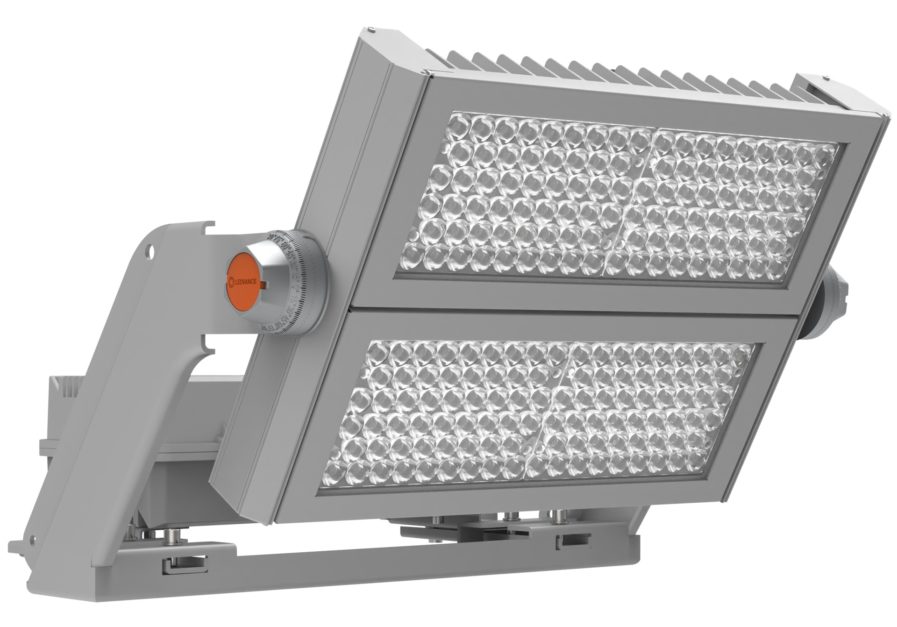
LED lights have become increasingly popular due to their numerous benefits. These work by using a semiconductor material that allows electrical current to pass through.
Pros of LED
LED bulbs are a top choice for outdoor lighting due to their numerous benefits, including
Long lifespan
LED lights can last up to 100,000 hours, which is much longer than other types of bulbs. This not only makes them cost-effective but also reduces the need for frequent replacements.
Energy efficiency
LED lights consume less energy per watt compared to other types of bulbs, making them more energy-efficient.
Low heat emission
LED lights produce less heat compared to other types of bulbs, which minimises energy waste.
Eco-friendliness
LED lights do not contain harmful substances such as mercury, making them more environmentally friendly. They can also be recycled once they reach the end of their lifespan.
Fade before failure
LED lights will gradually dimmer before they fail, providing ample warning for replacement, so you won’t be caught off guard.
In addition to the above benefits, LED lights also offer other advantages, such as being available in different colours, being dimmable, turning on instantly, and being more durable and compact.
Cons of LED
However, it’s essential to also consider the following drawbacks before purchasing LED lights:
Upfront cost
Although LED lights are cost-effective in the long run, they require a higher initial investment, as they are one of the most expensive types of bulbs in the market.
Power requirement
If you require many LED lights to power a large floodlight, it may increase the total heat output and require a suitable heat sinking system in the fixture.
Compact Fluorescent Light (CFL)
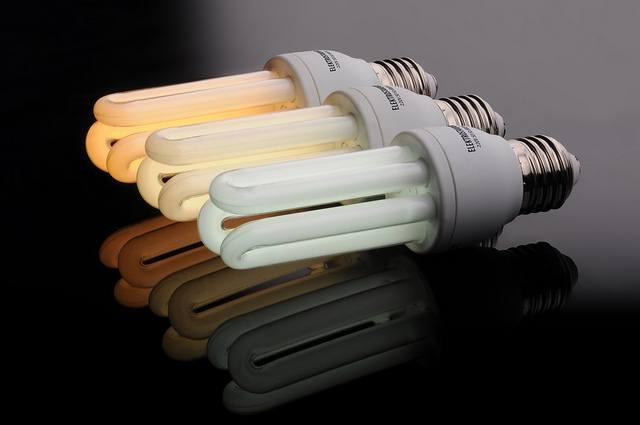
CFLs are occasionally used in floodlight fixtures. They are a type of energy-efficient light bulb that uses a different technology compared to traditional incandescent bulbs.
CFLs work by passing an electric current through a gas mixture to produce ultraviolet light, which in turn reacts with the phosphor coating on the inside of the bulb to produce visible light.
CFLs are more energy-efficient than incandescent bulbs and can last up to 15,000 hours. Although CFLs offer some benefits, they also have several disadvantages, making them less effective than LEDs or halogen bulbs.
Pros of CFLs
The advantages of using CFLs in floodlight fixtures include the following:
Lower cost
Compared to other bulbs, especially LEDs, CFLs are relatively more affordable.
Energy-efficient
With a consumption of 75% less energy compared to incandescent bulbs, CFLs are quite efficient.
Long lifespan
With a lifespan of up to 15,000 hours, CFLs have a longer lifespan compared to other bulbs, excluding LEDs.
Cons of CFL
CFL bulbs, despite their cost-effectiveness and energy efficiency, have some drawbacks that may make them unsuitable for use in outdoor floodlights:
Hazardous Chemicals
CFLs contain hazardous chemicals such as mercury, which can harm both people and the environment, and are difficult to recycle. They take several minutes to reach full brightness and their lifespan is reduced by frequent on/off switching.
CFLs may also perform poorly in colder temperatures. These factors should be considered before choosing CFLs for outdoor lighting.
Halogens
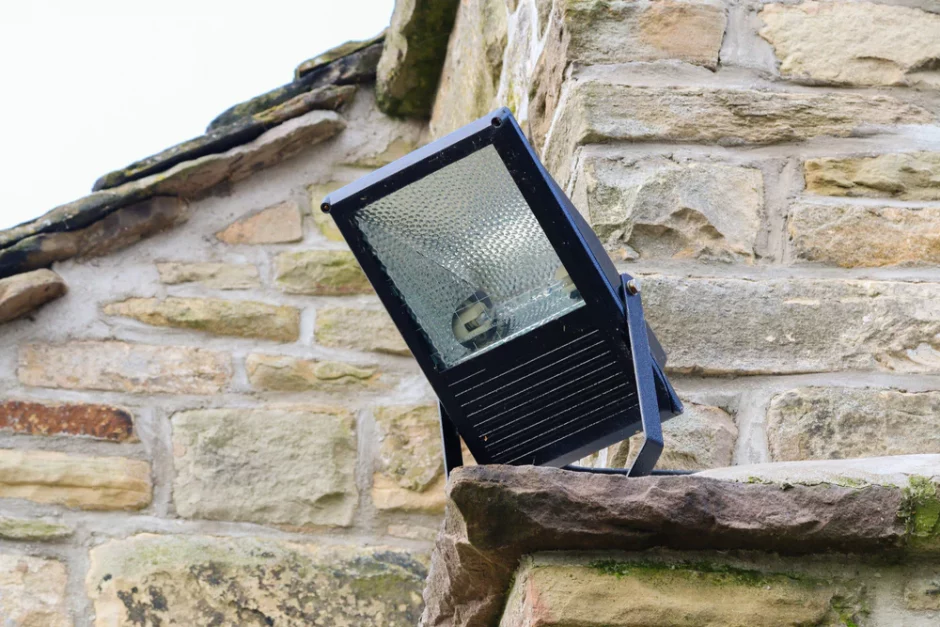
Halogen lights are a type of incandescent bulb that uses halogen gas to produce bright, white light. They are commonly used in outdoor floodlights due to their affordability, high colour rendering index (CRI), small size, and quick start time. They are often considered an upgrade from traditional incandescent bulbs.
Pros of Halogens
Halogens are widely used in outdoor floodlights because of their many advantages over other types of bulbs. They are an improvement from incandescent bulbs and are more cost-effective compared to LED lights.
Affordable
One of the main benefits of halogen bulbs is their affordability. They cost significantly less than LED lights, and around half the price of CFL lights.
Bright light
Halogen bulbs also have a high colour rendering index, meaning they produce bright, vivid light. This makes them ideal for outdoor floodlights where a high level of brightness is needed.
Compact size
Another advantage of halogen bulbs is their compact size and powerful output. They are small but produce a strong light, and they turn on almost instantly, unlike CFL lights, which take a few minutes to reach full brightness.
Cons of Halogen
Halogen bulbs also have some drawbacks that may make them less ideal than other types of bulbs.
Inefficient in terms of energy use
Halogen bulbs generate a lot of heat, leading to a waste of energy. Additionally, they are sensitive to oils.
Lastly, the intense light produced by halogens can be dangerous to the eyes if looked at directly, causing potential visual injuries.
Uses of Floodlights
Following are the uses of Floodlights in a variety of outdoor settings, including
Security lighting
People mostly use floodlights for illuminating dark areas around houses, garages. Additionally, people also uses it for other structures to deter intruders and enhance security.
Landscape lighting
Floodlights can highlight garden features, trees, and other landscaping elements, adding an element of beauty and safety to outdoor spaces.
Building facades
Floodlights can highlight the architectural features of a building, making it stand out at night and increasing its visibility from a distance.
Outdoor events
Floodlights can provide bright, even lighting for outdoor events such as concerts, festivals, and sporting events.
Parking lots and driveways
Floodlights can illuminate large outdoor areas such as parking lots, driveways, and other vehicular areas. Using floodlights in parking lots and driveways provide improved visibility, security, and energy efficiency, making it a smart choice for both commercial and residential properties.
Where Should You Place Your Floodlights?
You can place your Floodlights at various points around a large area to provide optimal illumination. For example, in a sports field, each lamp is focused on a specific part of the field to mimic the brightness of the midday sun, using a color temperature of 6000K or higher (known as ‘Daylight White’).
This type of lighting is commonly used for security purposes due to its ability to provide clear focus and detail. You can install Floodlights in different ways, including recessed in the floor, on posts or towers, suspended from gantries for maintenance access, or attached to trees or buildings.
Difference Between Floodlights and Regular Lights
Regular light bulbs and floodlights serve different purposes and have distinct characteristics. Most people use regular bulbs for indoor lighting in small spaces.
While floodlights are powerful, and people use them for outdoor illumination in large areas such as streets and stadiums. In terms of lifespan, floodlights have a much longer lifespan, up to 24,000 hours, compared to regular bulbs, which only last up to 2,000 hours.
They emit light differently, as regular bulbs use a filament, while floodlights use an arc pipe filled with gas. Floodlights are more energy efficient, with a 90% higher efficiency than regular incandescent bulbs, but their color rendition is not as good.
The Bottom Line
The market offers a wide range of floodlights. The advent of LEDs has made halogens less efficient than they once were. When you examine the different types of floodlights one by one, you will discover that LED floodlights are, by far, the most energy-efficient.
Follow Graana blog for more lighting ideas.
